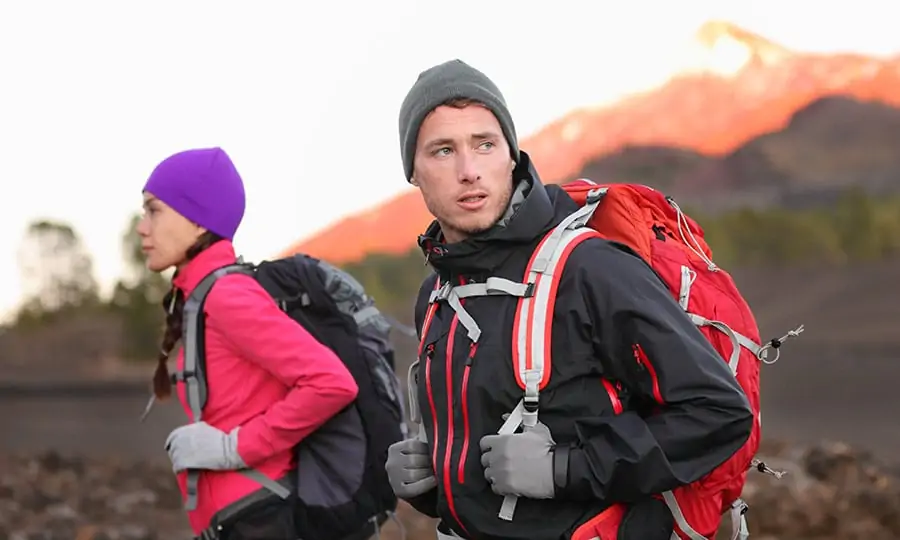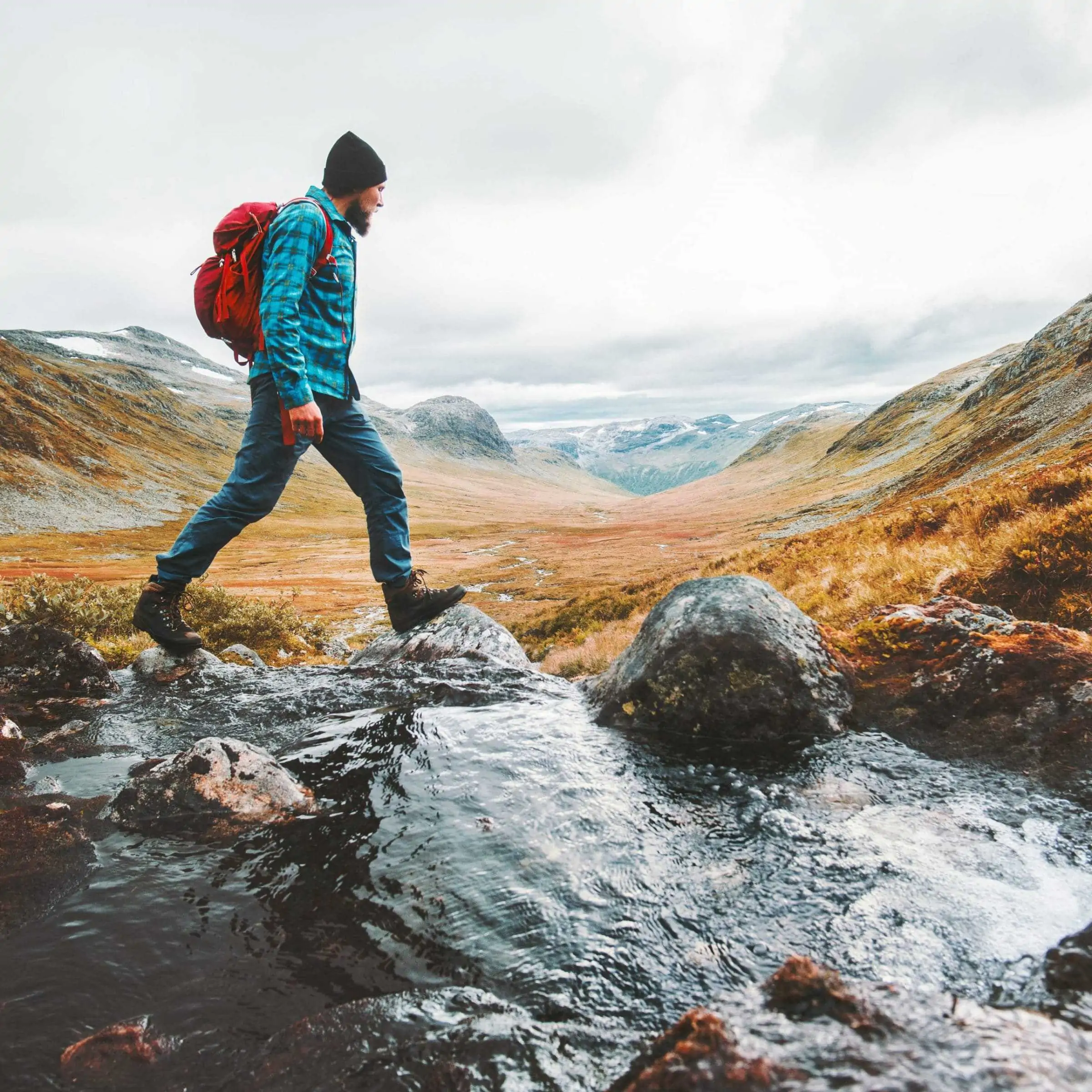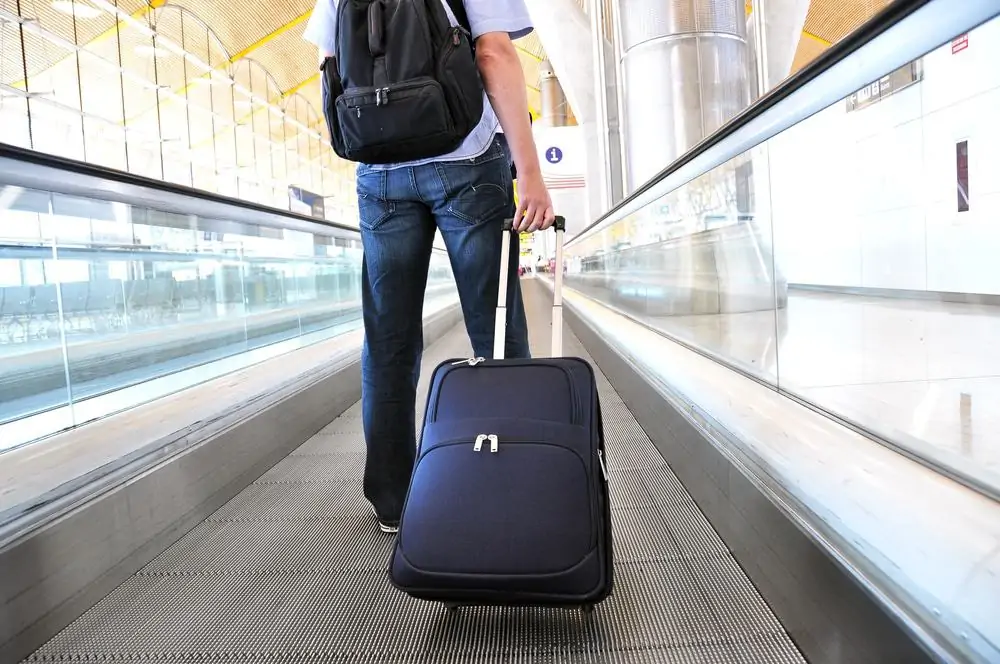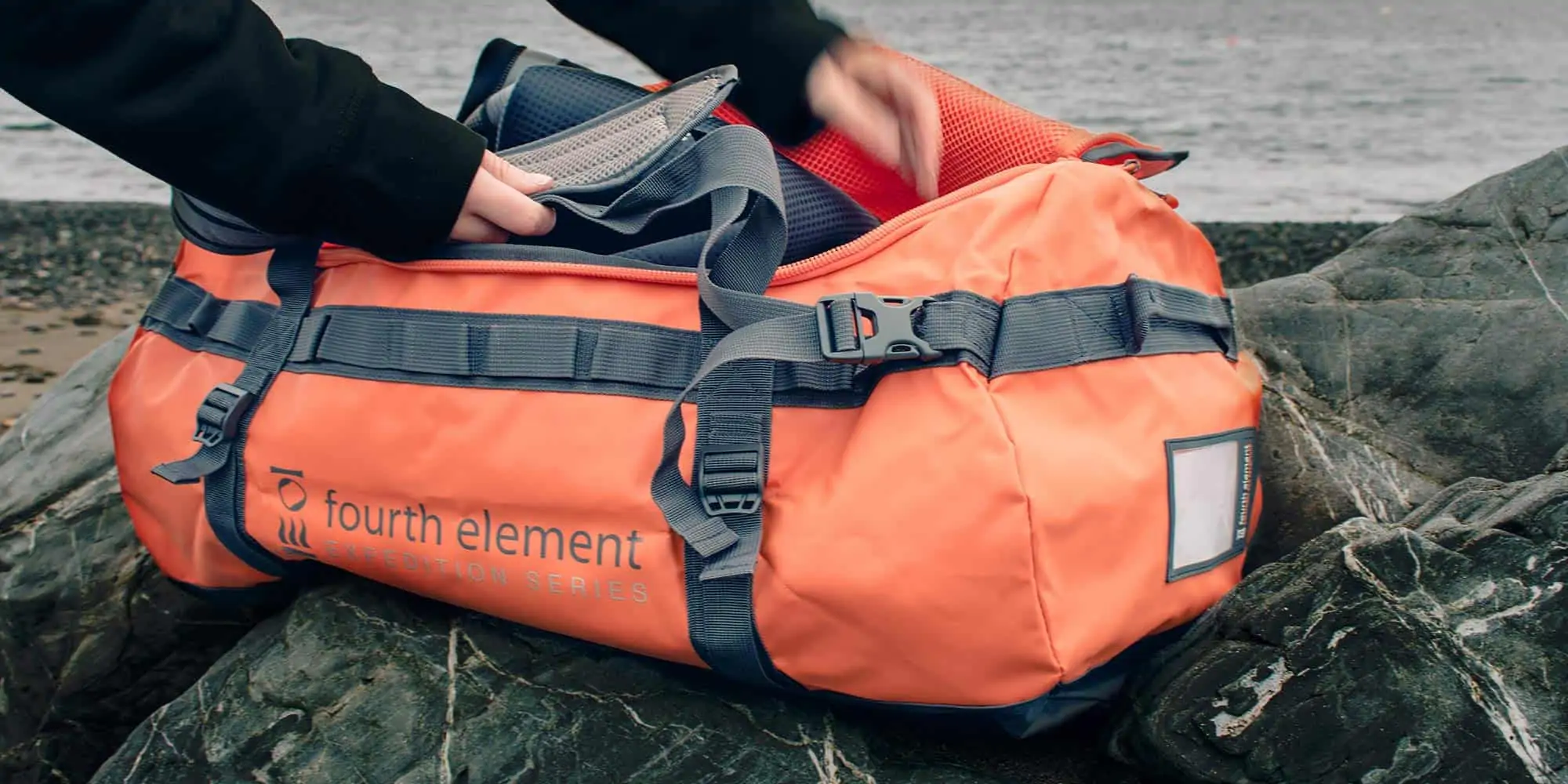
Climbers are often confused about exactly how to pack their bags for their hike on Mt. Kilimanjaro. Many are unsure as to what to expect and what they need to carry day to day while on the mountain. In this article, we will go over the types of bags that you will bring on your Kilimanjaro climb and what to put inside them.
We recommend having three bags for your trip.
- 30- to 35-liter backpack or daypack
- 70- to 90-liter duffel bag
- rolling suitcase or large travel luggage
YOUR BACK PACK

Your backpack, sometimes called a “day pack” when used to carry equipment for a day hike, is what you will have during your hikes from day to day, between the campsites. It will be with you always, so you have access to it 100% of the time. In it, you should have anything you might possibly need during the day. This includes extra jackets, waterproof clothing, hat and gloves, water and snacks, sun screen, lip balm, toilet paper and camera equipment. A 30-35 liter day pack should be appropriate.
We recommend starting your day with 2-3 liters of water in your pack. This quantity can be carried in a hydration bladder such as a Camelbak, in water bottles, or both. Since these are the heaviest items, they should be placed close to your back and at the bottom of the pack so they will not be too disruptive to your balance. Most backpacks contain a sleeve that is made specifically for a hydration bladder.
Large items like rain jackets, pants and fleece jackets can be placed loose in the day pack. The smaller accessories, such as hats and gloves, can be put into gear bags so they don’t get lost. The very small items, such as lip balm, sunscreen and snacks, can be put into the top lid of the backpack in a zippered compartment sometimes referred to as the “brain”. If you are ever unsure what to bring, ask your guide.
Your ensemble will probably weigh between 10-15 lbs.
See Which Backpack Should I Bring to Climb Kilimanjaro for more information.
YOUR DUFFEL BAG
Your duffel bag will contain everything that you do not need while hiking. You pack it up in the morning and don’t see it until you arrive at the next campsite. Therefore, you will not have any access to the things inside this bag during your day hikes. A porter will carry it for you, at their pace, which means it arrives at the campsite well before you will.
The duffel bag should be exactly that – a duffel bag. Not a large backpack. Not a suitcase. Not a piece of luggage with hard sides or roller wheels. The reason being that this bag is placed into another huge, durable bag, along with more communal gear (such as food, cooking equipment, tents, etc.), and carried on their heads! Have a soft bag helps them balance the gear and is easier on their skulls (on their backs, the porters carry a small backpack with their own belongings).
We suggest using a duffel bag with a capacity of 75-90 liters. If you pack lightly, then a smaller duffel bag might work. But remember that your bulky sleeping bag will go into this bag. You should not need more capacity than 90 liters if you follow our packing list. Most importantly, your duffel bag cannot weigh over 33 lbs when fully packed per park regulations.
See Choosing the Best Duffel Bag for Climbing Kilimanjaro for more information.
YOUR TRAVEL LUGGAGE

A separate piece of luggage for travel is optional as not every climber will have extraneous belongings that are not related to the climb. However, most people do bring extra casual clothing and things such as laptops and books while they travel. Additionally, you may have camera equipment that you will exclusively use on a safari but not the mountain. Put all of these items into your travel luggage which can be stored in a secure storage room while you are on the mountain.
HOW TO TRAVEL WITH YOUR BAGS
The 35-liter daypack should be used as your carry on. This is important in case your checked bag is delayed or lost by the airlines. Inside, you want to have your most important things. We recommend having your rain gear, warm jacket, boots and medications at a minimum.
The rolling suitcase or large travel luggage is used to bring all of your other belongings to Tanzania. We suggest that you pack you duffel bag inside of this luggage while carrying your backpack separately. Once in country, separate all of your gear as described in the sections above.



